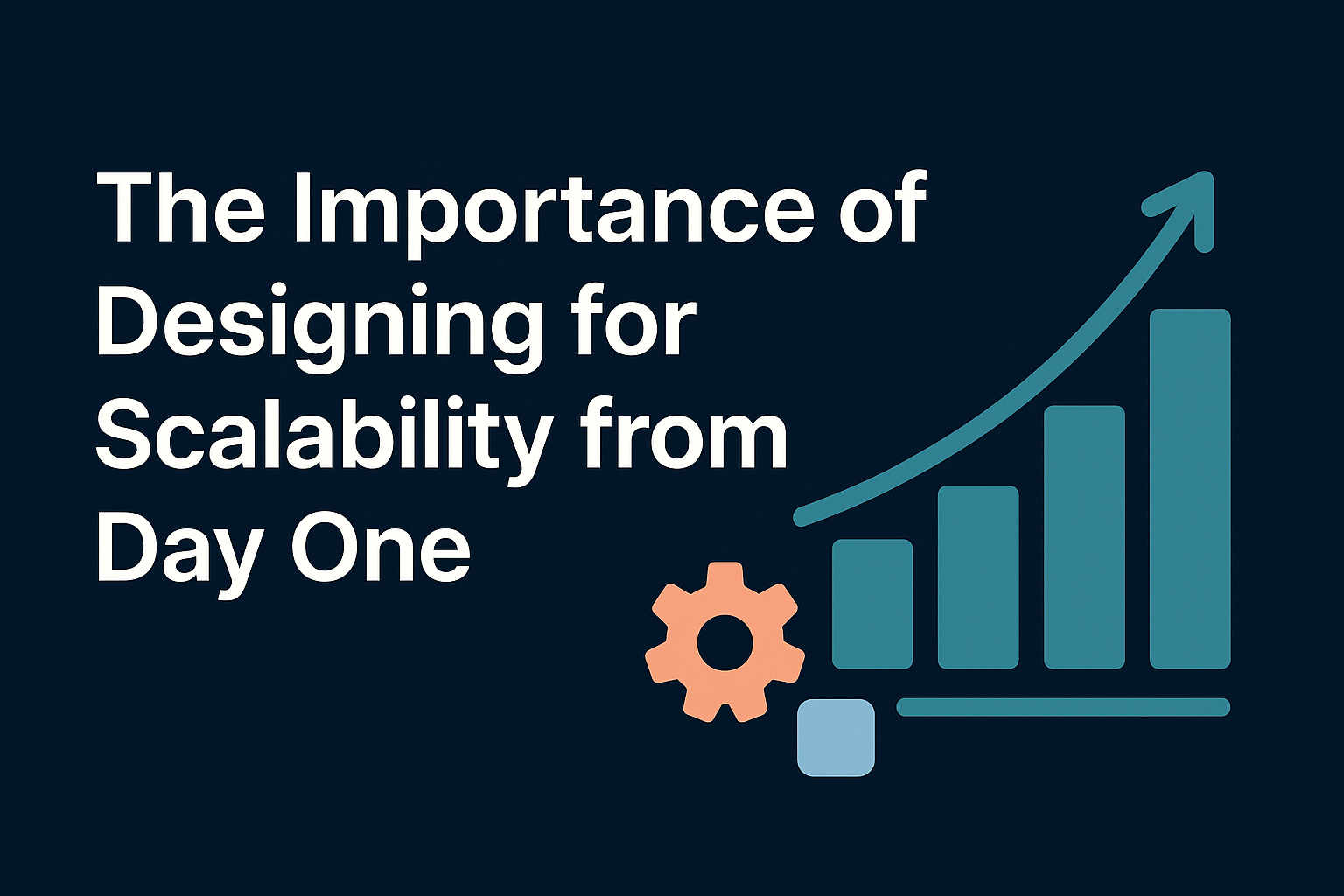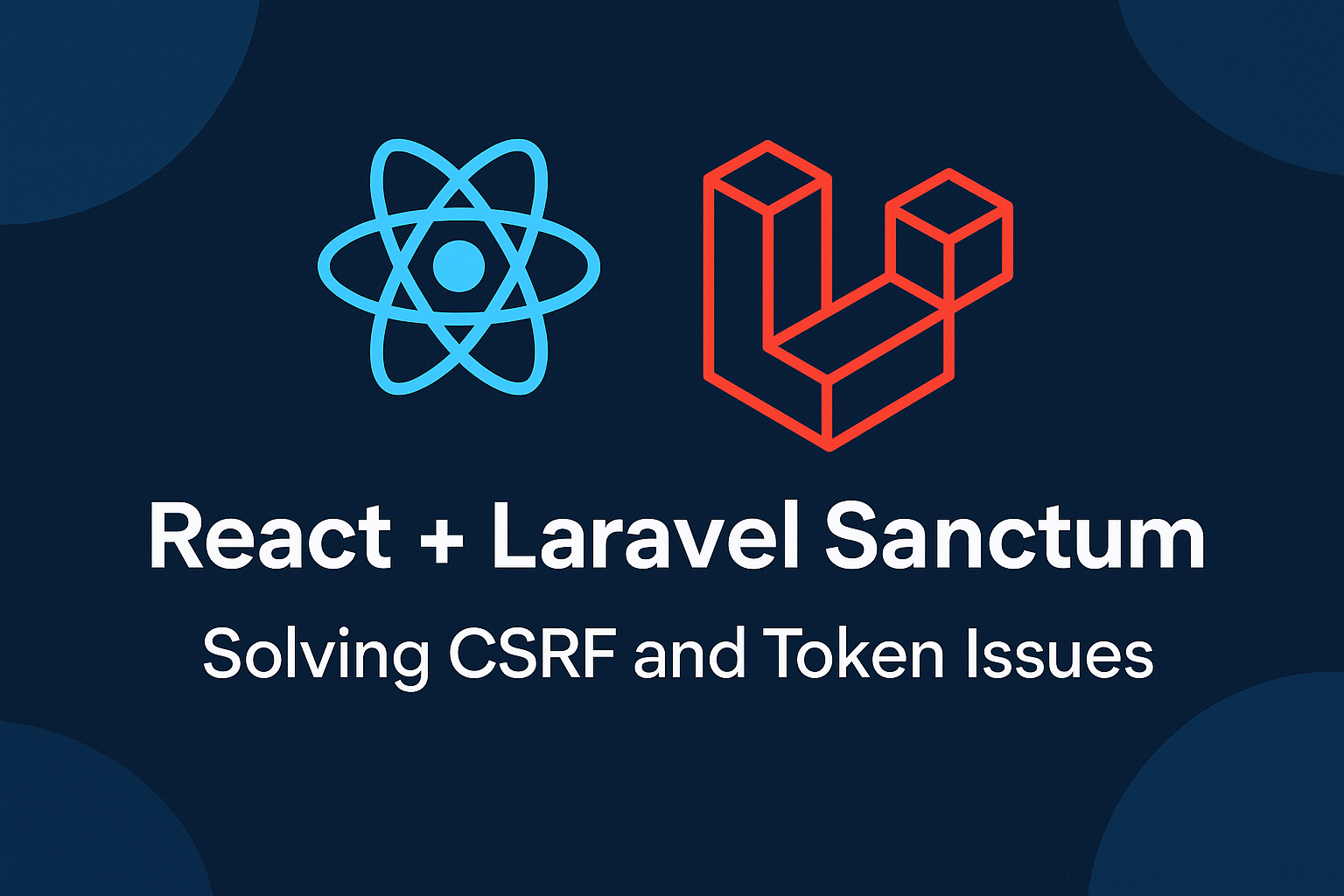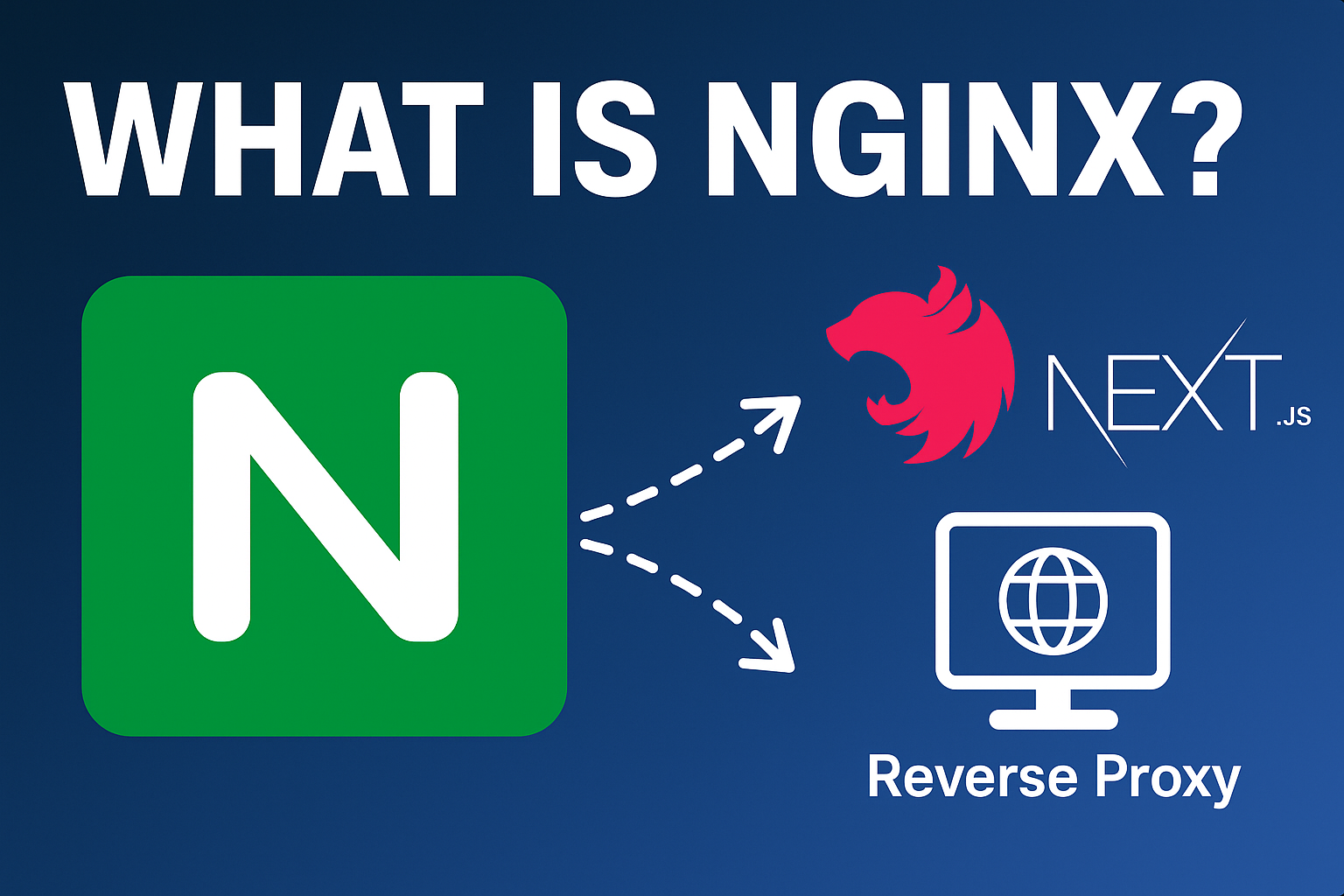
The Importance of Designing for Scalability from Day One
The Importance of Designing for Scalability from Day One
It’s easy to get lost in feature delivery, especially early in a project’s life cycle. But every seasoned software engineer eventually faces the consequences of quick, short-sighted decisions. One of the most crucial lessons I’ve learned in my journey — especially working with Laravel, NestJS, and Next.js — is the importance of scalability-first thinking.
What Is Scalability in Software Architecture?
- Adding new features without breaking existing logic
- Onboarding more developers without needing weeks of explanation
- Supporting more users, data, or devices without performance degradation
Why You Should Start with Patterns
Using structured design patterns early helps prevent technical debt.
- In Laravel, this might mean leveraging repositories and services.
- In NestJS, it’s about using modules, DTOs, guards, and middleware effectively.
Examples:
- Don’t write your business logic in controllers. Abstract it.
- Embrace dependency injection. It makes unit testing effortless.
- Design with extensibility in mind: Can you add a new payment gateway or notification method with minimal changes?
Real-World Benefits of Planning for Scale
- Easier Onboarding: Clear module boundaries and reusable services mean new developers understand your system faster.
- Lower Maintenance Costs: Clean architecture reduces the time spent debugging or rewriting code.
- Faster Time-to-Market: Systems that are designed to grow adapt faster to feature requests and pivots.
Conclusion
Designing scalable software is not just a best practice — it's a mindset. Whether you're building with Laravel, NestJS, or any other framework, structure and foresight will always pay off. As I continue to evolve my own practices and explore technologies like NestJS, I'm more convinced than ever that long-term success starts with scalable foundations.
Comments
(0)
Leave a Comment
No comments yet
Be the first to share your thoughts!



